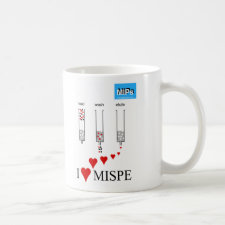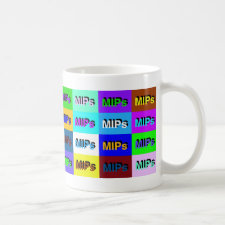
Authors: Rahiminezhad M, Shahtaheri SJ, Ganjali MR, Forushani ARR
Publication date: 2014
Article title: Application of Response Surface Methodology to Synthesize Appropriate Molecularly Imprinted Polymer for Diazinon.
Page numbers: 67-70
DOI: 10.4028/www.scientific.net/KEM.605.67 Alternative URL: http://www.scientific.net/KEM.605.67
Proceedings title: Key Engineering Materials
Editors: Hristoforou E, Vlachos DS
Publisher: Trans Tech Publications
City: Switzerland
Volume number: 605
Conference information: Materials and Applications for Sensors and Transducers III
Abstract: Molecular imprinting technology has become an interesting research area to the preparation of specific sorbent material for environmental and occupational sample preparation techniques (1). In the molecular imprinting technology, specific binding sites have been formed in polymeric matrix, which often have an affinity and selectivity similar to antibody-antigen systems (2). In molecular imprinted technology, functional monomers are arranged in a complementary configuration around a template molecule, then, cross-linker and solvent are also added and the mixture is treated to give a porous material containing nono-sized binding sites. After extraction of the template molecule by washing, vacant imprinted sites will be left in polymer, which are available for rebinding of the template or its structural analogue (3). The stability, convention of preparation and low cost of these materials make them particularly attractive (4). These synthetic materials have been used for capillary electrochromatography (5), chromatography columns (6), sensors (7), and catalyze system (8). Depending on the molecular imprinting approach, different experimental variables such as the type and amounts of functional monomers, porogenic solvent, initiator, monomer to cross-linker ratio, temperature, and etc may alter the properties of the final polymeric materials. In this work, chemometric approach based on Central Composite Design (CCD) was used to design the experiments as well as to find the optimum conditions for preparing appropriate diazinon molecularly imprinted polymer.
Template and target information: diazinon



Join the Society for Molecular Imprinting

New items RSS feed
Sign-up for e-mail updates:
Choose between receiving an occasional newsletter or more frequent e-mail alerts.
Click here to go to the sign-up page.
Is your name elemental or peptidic? Enter your name and find out by clicking either of the buttons below!
Other products you may like:
 MIPdatabase
MIPdatabase









